Multimeter Circuit Symbols and Their Meanings
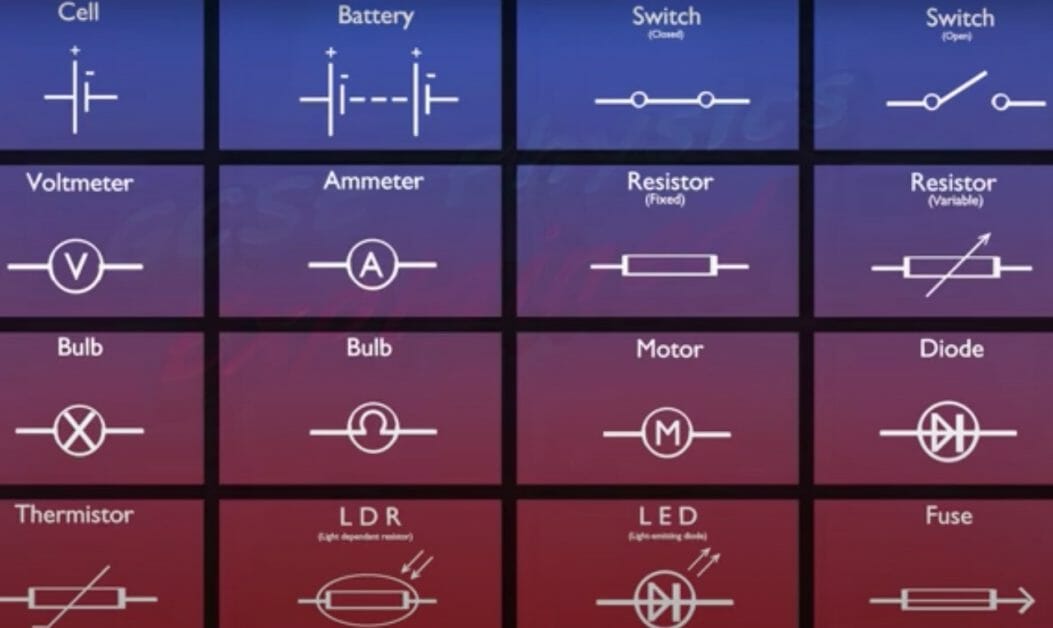
A multimeter is used to measure voltage, resistance, current, and continuity. It’s one of the most used electrical tools. The next thing upon purchasing it is learning how to take an accurate reading.
Do you have a digital multimeter but don’t know where to begin? You’ve come to the right place. Please keep reading to learn all you need to know about the circuit symbols of a multimeter and their meanings.
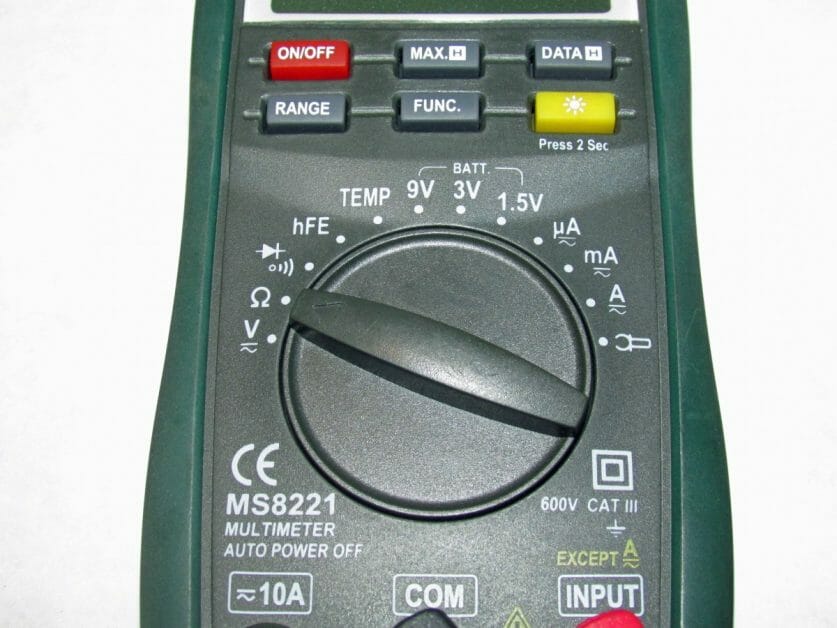
The Must-Know Multimeter Symbols
Multimeter symbols are the ones you find in a circuit diagram.
They include;
1. Voltage Multimeter Symbols
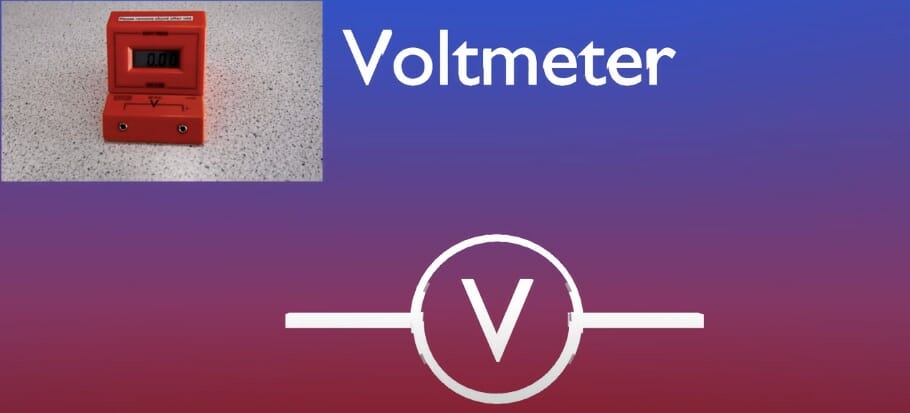
Since multimeters measure direct current (DC) and alternating current (AC) voltage, they exhibit more than one voltage symbol. The AC voltage designation for older multimeter models is VAC. Manufacturers put a wavy line above the V for newer models to indicate AC voltage.
For the DC voltage, manufacturers put a dotted line with a solid line on top of it above the V. If you want to measure voltage in millivolts, that is 1/1000 of a volt, tilt your dial to mV.
2. Resistance Multimeter Symbols
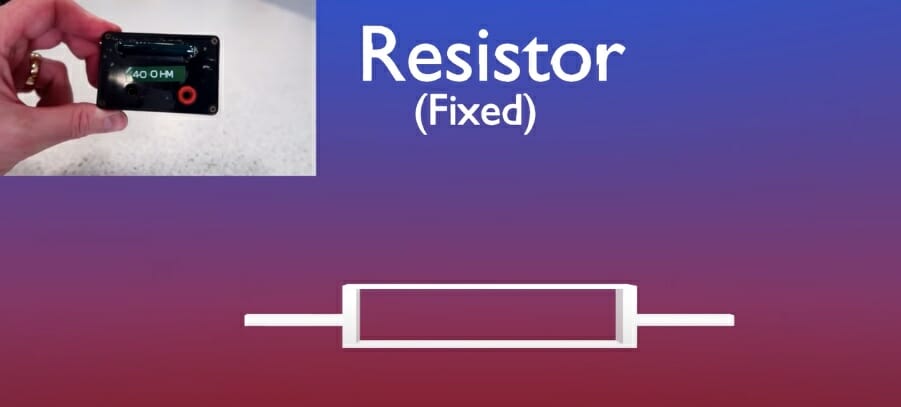
Another multimeter circuit symbol you should know is the one representing resistance. A multimeter sends a small electric current via the circuit to measure resistance. The Greek letter Omega (Ω) is the multimeter circuit symbol for resistance. You won’t see lines above the resistance symbol since meters don’t differentiate between direct current and alternating current resistance. (1)
3. Current Multimeter Symbol
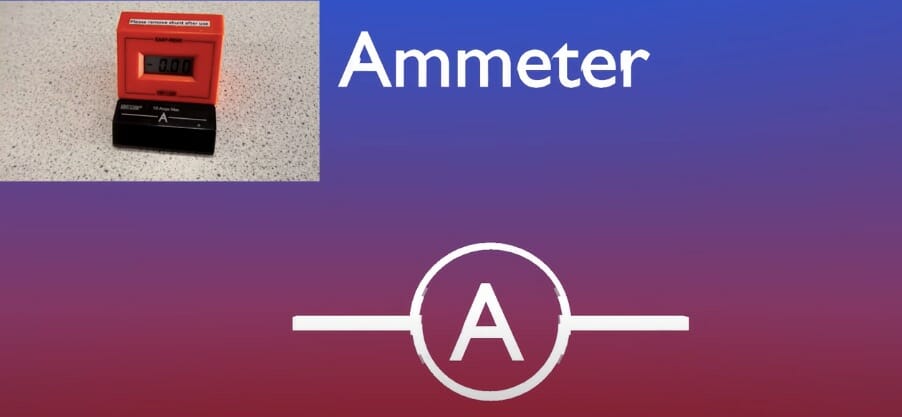
You measure current the same way you measure voltage. It can be alternating (AC) current or direct current (DC). Note that amperes or amps are current units, which explains why the multimeter symbol for current is A.
Looking at your multimeter right now, you’ll see an ‘A’ with a wavy line above it. That’s alternating current (AC). The ‘A’ with two lines – dotted and solid above it represents direct current (DC). When measuring current using a multimeter, the selection options available to you are mA for milliamps and µA for microamps.
Jacks and Buttons
Every digital multimeter comes with two leads – black and red. Don’t be shocked if your multimeter comes with three or four jacks. Whatever you are testing determines where you plug the leads.
Here is the use of each;
- COM – the common jack is the only one black. It’s where the black lead goes.
- A – You plug the red lead here when measuring a high current of up to 10amps.
- mAµA – You use this jack when measuring sensitive current of less than an ampere where the multimeter has four jacks.
- mAVΩ – Measurement jack includes voltage, temperature, and sensitive current if your multimeter came with three jacks.
- VΩ – It’s for all other measurements apart from the current.
Study your multimeter, especially at the top of the multimeter display. Can you see two buttons – one to the right and one to the left?
- Shift – manufacturers might allocate two functions to some dial positions for space-saving reasons. To access the yellow marked function, press the shift button. The yellow shift button may or may not carry a label. (2)
- Hold – press the hold button when you want to freeze your present reading for later use.
Wrapping Up
You shouldn’t have challenges as far as taking an accurate reading in a digital multimeter is concerned. We hope you feel sufficiently knowledgeable of the multimeter symbols now after reading this useful information.
Take a look at some of our related articles below.
References
(1) Greek letter – https://reference.wolfram.com/language/guide/
GreekLetters.html
(2) space-saving – https://www.buzzfeed.com/jonathanmazzei/space-saving-products
Video Reference
